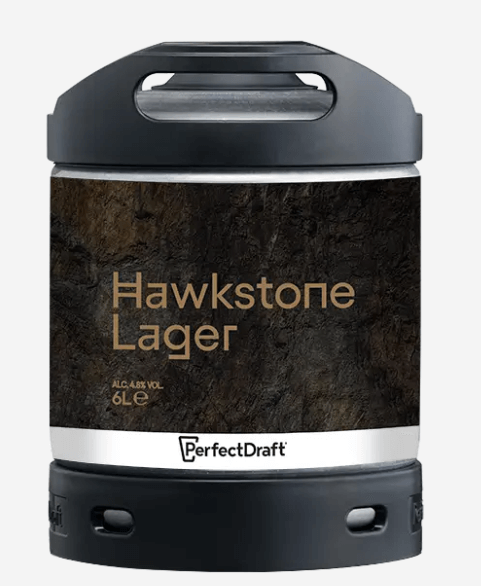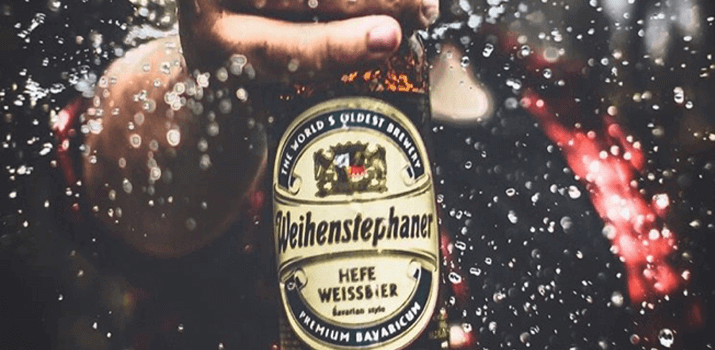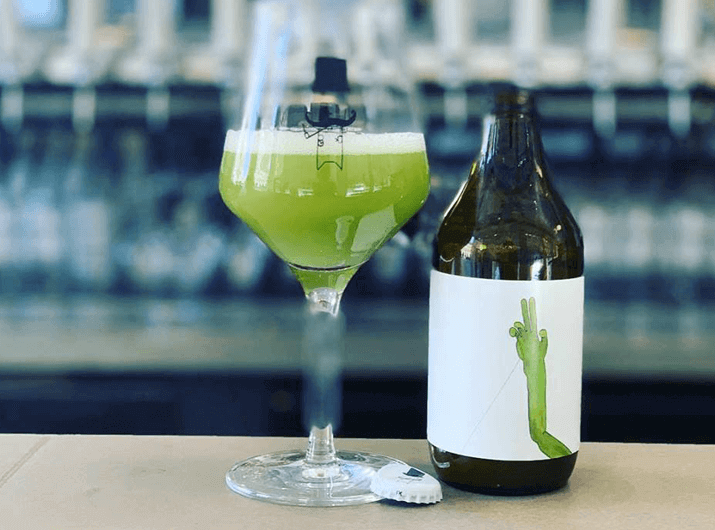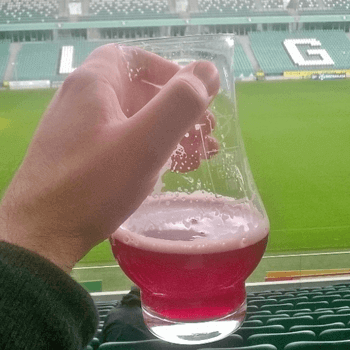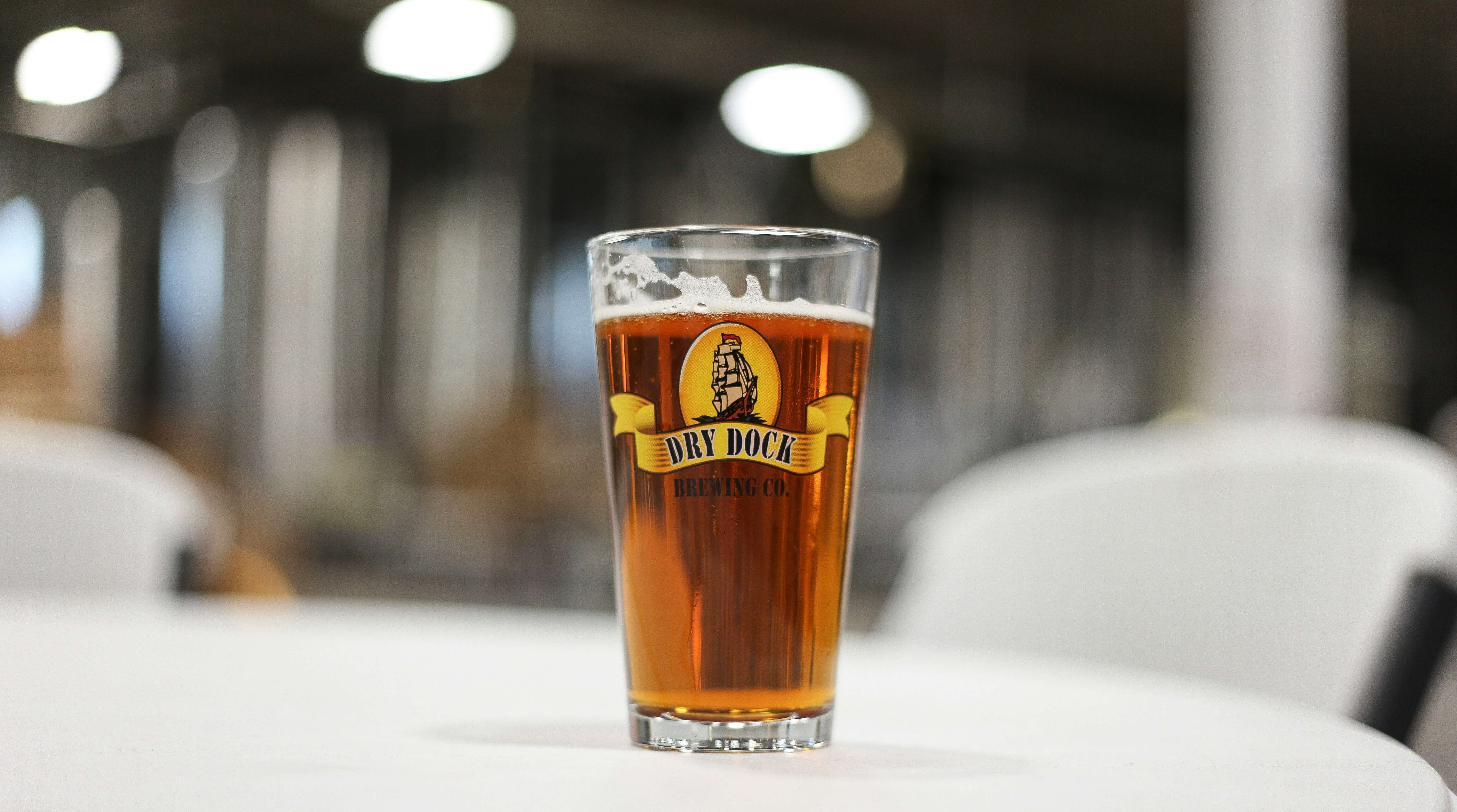
Bock, also known as Bockbier, is a traditional German beer style brewed using bottom fermentation (although some top-fermented variations now exist). Originally brewed in the town of Einbeck in the 14th century, production later shifted to Bavaria, where it is now predominantly made. Bock is known for its relatively high alcohol content, typically ranging from 6.3% to 14%, though some versions can reach up to 33% ABV.
Bock is most commonly recognized as an amber or brown beer, but it also exists in golden or very dark (almost black) variations.
There are two main seasonal types of Bock: Spring Bock and Autumn Bock. Spring Bock is lighter in color, featuring fresh and fruity notes, while Autumn Bock is darker, with reddish hues and sweet aromas of caramel, coffee, and nuts. The latter is the more widely known version.
Where does the name “Bock” come from?
Originally known as “Ainpöckisch Bier” from Einbeck, this beer gained popularity across Europe through the Hanseatic League. The Bavarians, eager to establish their own brewing reputation, invited Einbeck’s master brewer to Munich—leading to the creation of the Hofbräuhaus brewery. Due to dialectical differences, “Ainpöckisch Bier” evolved into “Einbock,” then simply “Bock.” This is how the name and style became closely associated with Munich.
What does Bock beer taste like?
Bock beers are malty, rich, and slightly sweet with a low hop presence to avoid overpowering bitterness. You’ll often detect toasted bread, caramel, and alcohol warmth, with low to moderate carbonation that adds to its smooth mouthfeel.
The history of Bock beer
Dating back to the 14th century, Bock beer originated in Northern Germany. Due to hot summers, brewers began using caves for cooler storage, preserving their beers and enhancing flavor. Initially brewed solely with malt, early Bocks were packed with protein, earning them the nickname “liquid bread,” especially during Lent when monks would consume it in place of meals.
Today, Bock is enjoyed not only in Germany but also in Austria, the Netherlands, the Czech Republic, and the U.S. In the Netherlands, Bockbier gained popularity thanks to Amsterdam’s Bockbierfestival in 1978.
How Is Bock beer brewed?
- Bocks are traditionally brewed using a prolonged decoction mash, which enhances caramelized and toasted flavors while darkening the beer's color.
- The wort must reach an original gravity above 16%, resulting in a final ABV above 6%.
- Bottom-fermenting yeast is used for most Bocks, contributing to their clean malt-forward flavor. However, some modern variations use top fermentation.
Different types of Bock beers
- Helles Bock (Maibock): A springtime Bock with a pale golden color, more bitterness, and a drier finish, though equally strong in alcohol.
- Doppelbock: Known as “liquid bread,” this variant is stronger and maltier, with deep toasted flavors—originally brewed by monks for Lent.
- Eisbock: Originating from Kulmbach, Germany, this style is created by freezing and removing water from Doppelbock, resulting in an intense, high-ABV beer with fruity notes like prunes and raisins.
- Dunkles Bock: Brewed primarily with Munich malts, it’s malt-forward, sweet, and slightly less intense than Doppelbock or Eisbock.
- Weizenbock: A hybrid of Bock and wheat beer styles, brewed with at least 50% wheat malt and top-fermenting yeast, often fruity and spicy.
Curious to learn more about Bock-style beers? Discover their full history, flavor profiles.
Discover other styles of beers : Porter, seasonal beer and NEIPA !
ALCOHOL ABUSE IS DANGEROUS TO YOUR HEALTH. DRINK RESPONSIBLY.



